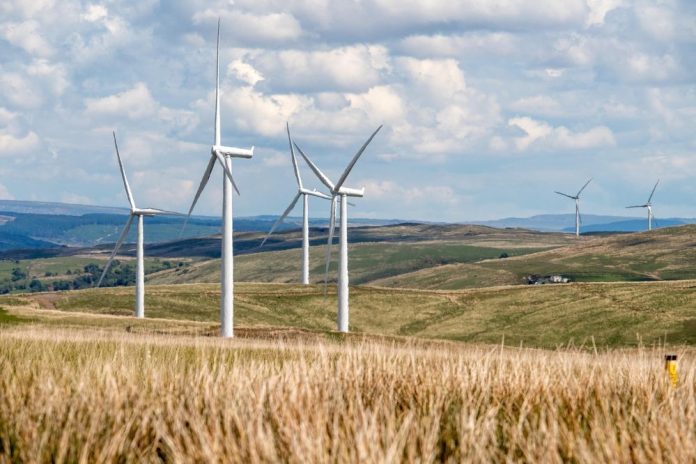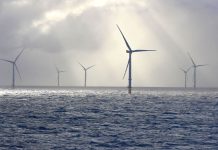Energy transition investments are continuing to rise despite high interest rates and geopolitical volatility.
A new report by KPMG, based on a survey of 1,400 senior energy transition investors across 36 countries and 11 industries, reveals that investment in clean energy assets is rising. It surpassed $2 trillion in 2024 from $1.2 trillion in 2020.
According to the report, Energy transition investment outlook: 2025 and beyond,72% of investors believe that investments in energy transition assets are rising, despite high interest rates and geopolitical volatility. This confidence isn’t limited to one sector. 64% have invested in energy efficiency technologies (including electrification), followed by renewables (56%), storage and grids (54%), and transport infrastructure (51%).
Investors also flagged three major concerns – regulatory and policy uncertainty, market volatility and performance risk of emerging technologies. Meanwhile, partnerships across various industries and between public and private sectors are becoming a critical strategy, with 94% of investors now prioritising finding partners to help share risk and pool expertise.
“It’s encouraging to see that energy transition investment is shifting away from fossil fuels toward sustainable energy,” said Donatas Karčiauskas, CEO of Exergio, a company specialising in AI-powered energy optimisation. “But what worries me is the imbalance – only 15% of clean energy funding reaches emerging markets, even though they represent two-thirds of the world’s population. If we don’t close that gap, we risk missing both global climate targets – like net zero emissions by 2050 – and critical development goals, such as expanding energy access and building more resilient infrastructure,” Karčiauskas said.
East Asia, North America, and Europe continue to dominate energy transition investment, with 54% of investors active in East Asia and 52% investing in both North America and Europe. However, there are signs of growing interest elsewhere. About 20% of investors mentioned the Middle East and North Africa and Southeast Asia as possible destinations for investment.
The report also highlights persistent challenges in many developing markets, such as regulatory uncertainty, political instability and lack of investment-grade infrastructure – factors that can stall long-term commitments despite strong potential returns.
As the energy transition accelerates, massive investment opportunities are emerging across multiple sectors. These are driven by the need to expand renewable energy capacity, improve energy and resource efficiency, and upgrade related infrastructure. The report tracks the investor perspective on the energy transition, emphasising the importance of increasing, sustained and collaborative investment.
Click here to download Energy transition investment outlook: 2025 and beyond.


















